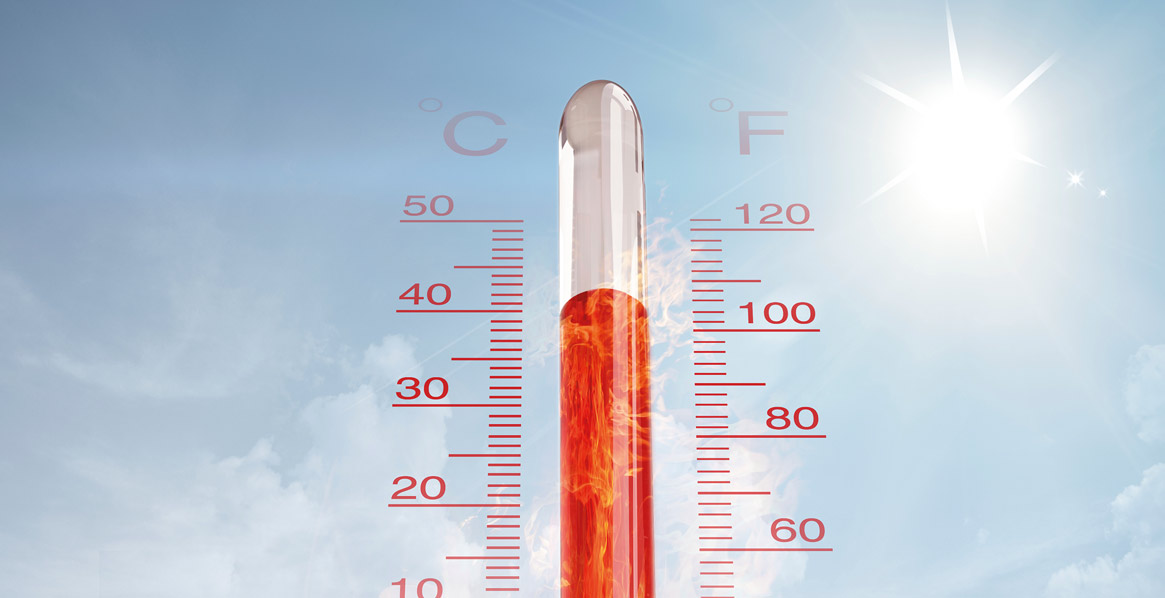
CAUTION: HOT!
Industrial Temperature Measuring Equipment
The Measuring Principle
The resistance thermometer uses a temperature-dependent resistor as a measuring sensor. Thanks to a bridge circuit, the resistance change is converted into an electrical signal.
The advantages over the thermocouples are primarily a much higher electrical signal, a predominantly linear characteristic curve and higher long-term stability. Also, no reference junction is required. However, one disadvantage is a maximum temperature range of only approx. 800 °C.
The Measuring Resistors
These are usually made of Nickel or Platinum in compliance with DIN 43762 1986-3.
Depending on the rated value (resistance value at 0 °C), we refer to Pt/Ni100, Pt/Ni500 or Pt/Ni1000 sensors. The numerical value is the resistance value in Ohm. Nickel sensors are less expensive and have a greater measuring variable sensitivity than Platinum sensors, however they also have the following disadvantages:
- Low temperature range
- Poor corrosion-resistance
- Poor precision or linearity
- More difficult to produce
Typ. measuring range Platinum thermometer: -200°C... +850 °C
Typ. measuring range Nickel thermometer: -60 °C ... +240 °C
It can be used universally in almost all application areas, particularly for the following requirements
- Temperature ranges up to 800 °C
- Vibration resistance
- Long-term stability
- Robust
- Precision
Resistance thermometers are available in a number of versions with respect to their casing shape. Some of these are described and/or specified in standards.
Resistance thermometers are also used in the following sectors:
- Chemical industry
- Petrochemical industry
- Pharmaceutical industry
- Energy management
- Machine construction
- Food and beverage industry
- Mining
The Connection Types
If a resistance thermometer is used to measure the temperature, bear in mind that the measuring result is influenced by the resistance of the selected power supply cable.
A differentiation is made between three common circuits:
Two, Three and Four-wire Circuits
In the case of the two-wire circuit, the power supply cable resistance is completely recorded by the measuring circuit of the bridge. In modern control units with two-wire circuits, the influence of the cable resistance can be compensated with a trimming resistor.
When using a three-wire circuit, the power cable resistance is eliminated (Wheatstone measuring bridge).
The most precise measurements can be achieved with a four-wire circuit because for this connection type neither the power cable resistance nor the ambient temperature of the connection cable have any impact.
LÜTZE temperature converters of the LCIS and LCON series assume important functions
In addition to the galvanic separation of signals between harsh industrial environments and downstream electronics, the LÜTZE temperature converters compensate the potential deltas caused by larger distances. Also, the LÜTZE components allow the small measuring signals to be converted into standard signals.
In addition, the temperature converters of the LCON series allow configuration via FDT/DTM, which enables flexible adjustment to various sensors and applications via software.
